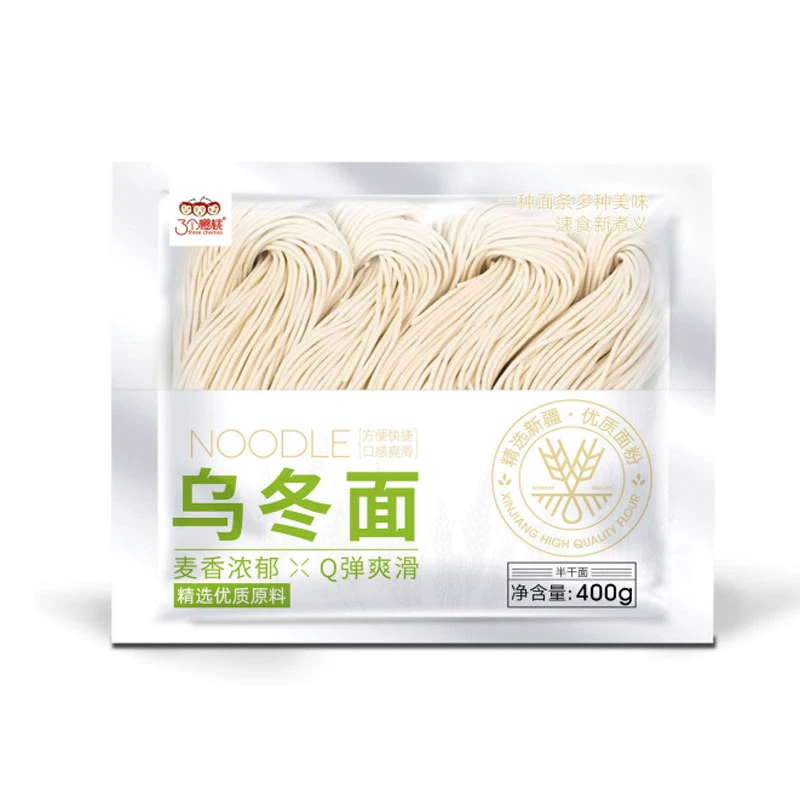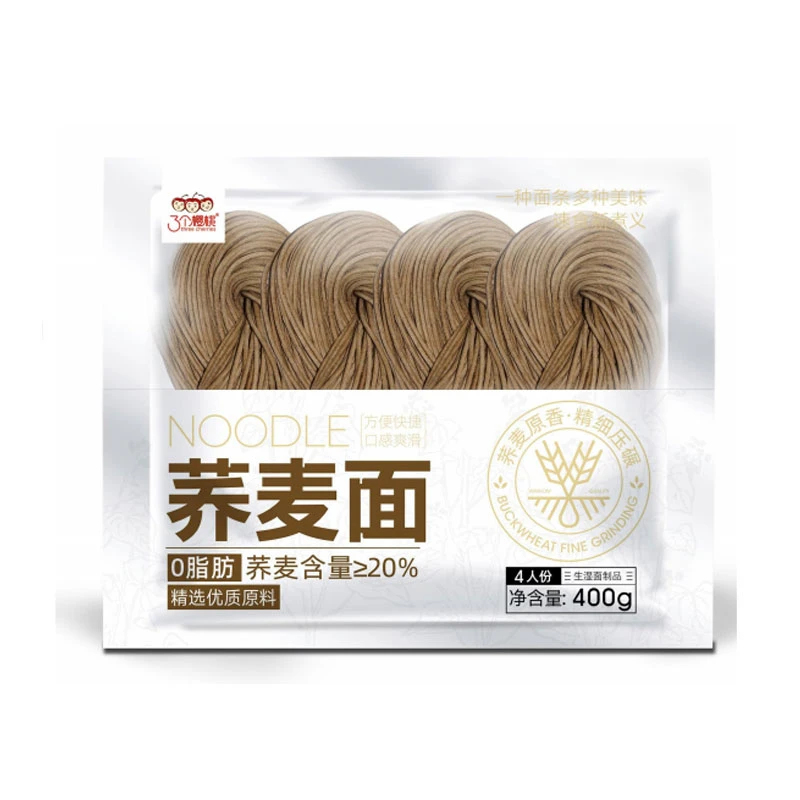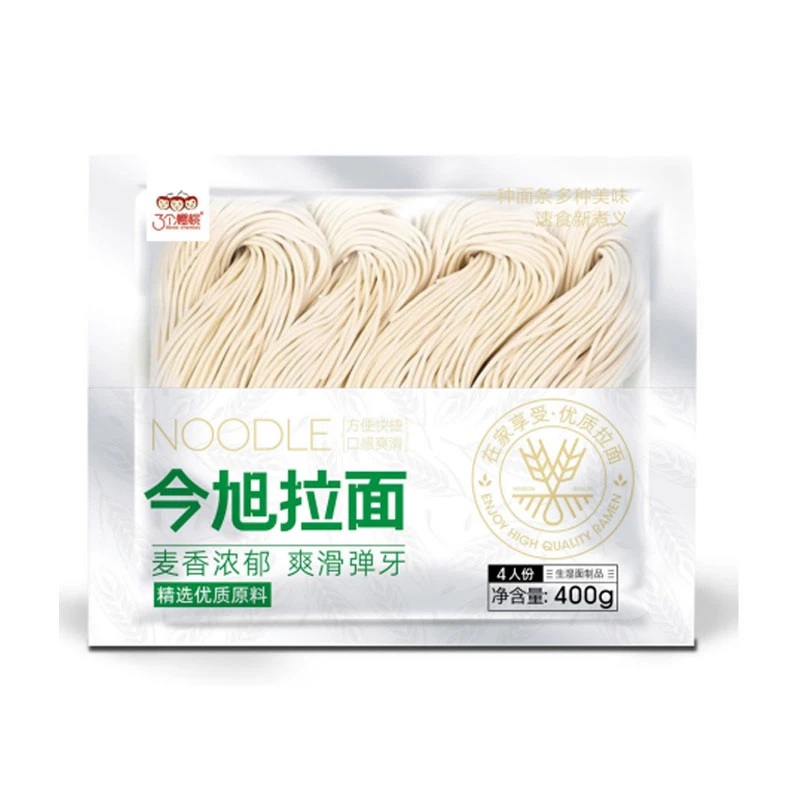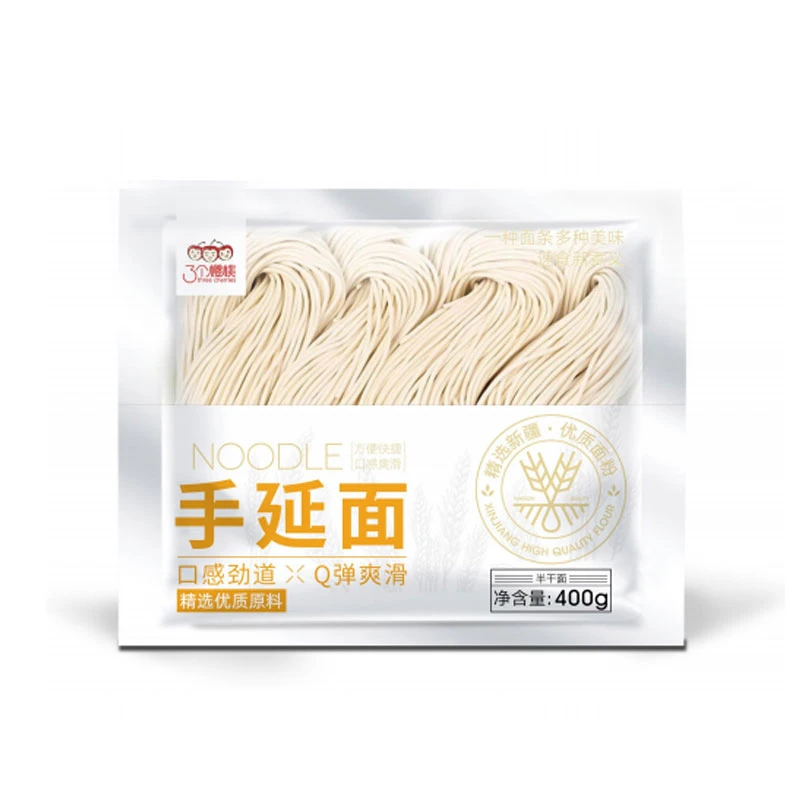Soba Noodles and Their Impact on Managing Diabetes for Healthier Eating Choices
Soba Noodles and Diabetes A Wholesome Choice
Soba noodles, made primarily from buckwheat flour, are a popular traditional Japanese noodle. While often enjoyed in various dishes—from hot soups to cold salads—there is growing interest in their potential health benefits, particularly for individuals managing diabetes. This article explores the nutritional profile of soba noodles, their impact on blood sugar levels, and suitable recipes to incorporate them into a diabetes-friendly diet.
Nutritional Profile of Soba Noodles
Soba noodles are known for their unique composition. Unlike traditional wheat noodles, soba noodles are rich in protein and contain a good amount of dietary fiber, which are both essential for maintaining stable blood sugar levels. A serving of soba noodles provides about 6 grams of protein and 2 grams of fiber per 1-ounce (28 grams) serving. The fiber present in soba can aid digestion and slow the absorption of sugar into the bloodstream, helping to prevent spikes in blood glucose levels.
Another significant aspect of soba noodles is their low glycemic index (GI) compared to regular pasta. Foods with a low GI are digested more slowly, causing a gradual rise in blood sugar levels rather than a sharp increase. This characteristic is particularly beneficial for people with diabetes, as it can help regulate blood glucose more effectively.
Moreover, buckwheat is gluten-free, making soba noodles a suitable alternative for those with gluten intolerance or celiac disease. It is also rich in essential nutrients like manganese, magnesium, and antioxidants, which can contribute to overall health and well-being.
Soba Noodles and Blood Sugar Control
Several studies suggest that incorporating whole grains and high-fiber foods into a diet can help in managing diabetes. Soba noodles, with their high fiber content, may help improve insulin sensitivity and promote heart health, crucial for individuals living with diabetes who are at higher risk for cardiovascular diseases.
The way soba noodles are prepared and consumed can also affect their impact on blood sugar. For instance, pairing soba noodles with non-starchy vegetables and lean proteins can create a balanced meal. Such combinations can enhance the nutritional profile of the dish while further stabilizing blood sugar levels.
soba noodles and diabetes

Incorporating Soba Noodles into Your Diet
There are countless delicious ways to incorporate soba noodles into a diabetes-friendly diet. Here are a few recipe ideas that balance flavor and nutritional benefits
1. Soba Noodle Salad Cook soba noodles, then rinse in cold water. Toss with shredded carrots, cucumber, bell peppers, and a light dressing made with low-sodium soy sauce, rice vinegar, and sesame oil. Add a handful of edamame or grilled chicken for added protein.
2. Soba Noodle Soup Prepare a comforting bowl of soba noodle soup by simmering vegetable or chicken broth with sliced mushrooms, spinach, and green onions. Add cooked soba noodles and season with ginger and garlic for flavor. This warm dish is perfect for any season and provides a hearty, balanced meal.
3. Stir-Fried Soba Noodles Stir-fry cooked soba noodles with tofu, broccoli, and snap peas. Use garlic and a splash of low-sodium soy sauce for seasoning. This dish adds crunch and protein, making it a fulfilling option for lunch or dinner.
4. Soba Noodle Bowl Create a vibrant bowl by mixing soba noodles with roasted sweet potatoes, black beans, and avocado. Drizzle with a tahini dressing. This provides a colorful, nutrient-dense meal that is satisfying and good for blood sugar levels.
Conclusion
Soba noodles present a wholesome alternative to traditional pasta, particularly for individuals managing diabetes. Their unique nutritional benefits, including high fiber content and low glycemic index, support stable blood sugar levels. By creatively incorporating soba noodles into meals—whether through salads, soups, stir-fries, or bowls—individuals can enjoy this delicious, versatile food while adhering to a diabetes-friendly diet. Remember to consult with a healthcare provider or nutritionist for personalized dietary advice, especially when managing diabetes. Enjoy the journey of culinary exploration with soba noodles!
-
Unleash Your Inner Chef with Delectable Italian Pasta CreationsNewsAug.01,2025
-
Savor Health and Flavor: Irresistible Soba Noodles for Sale Await!NewsAug.01,2025
-
Nourish Your Body with Premium Organic Ramen - A Culinary Delight AwaitsNewsAug.01,2025
-
Elevate Your Dishes with Our Exquisite Kinds of Egg NoodlesNewsAug.01,2025
-
Dive into Flavorful Convenience with Our Ramen OfferingsNewsAug.01,2025
-
Discover Exquisite Types of Naengmyeon and Chilled Soba NoodlesNewsAug.01,2025
-
Is Whole Wheat Pasta Healthy?NewsMay.30,2025
Browse qua the following product new the we

















































































































